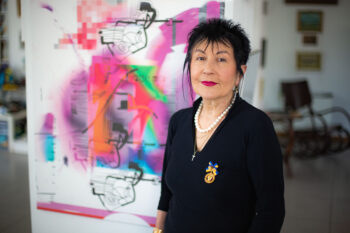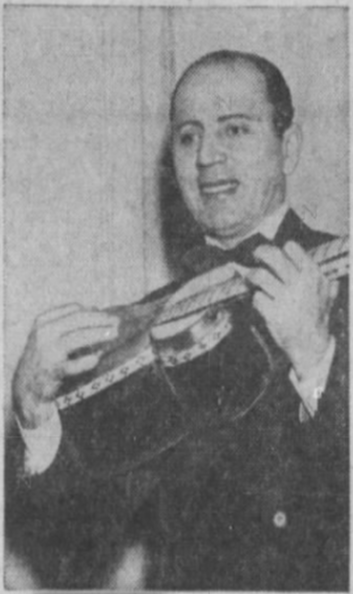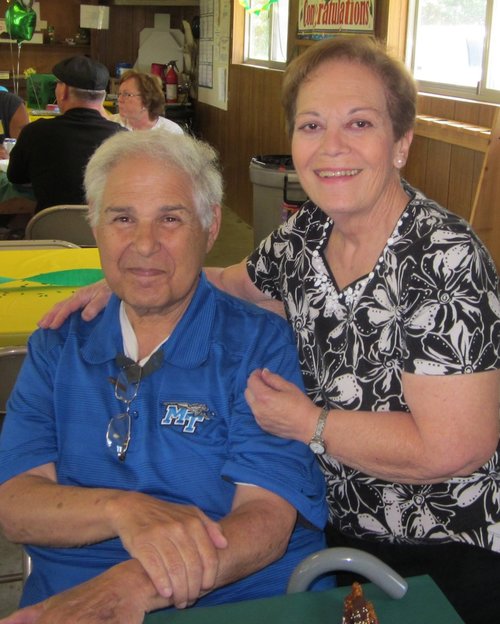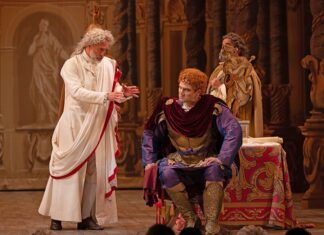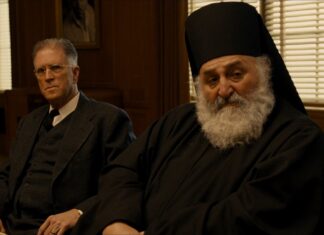DETROIT — The Detroit metropolitan area, the home of some 40,000 Armenians, has perhaps the singular honor in the Eastern United States of having two Armenian programs broadcast on the radio airwaves.
The two programs, H.A.R.C. (Heritage of Armenian Culture Radio) and the Armenian Radio Program of Detroit, have long supplied cultural content to the local Armenian community and beyond. Furthermore, these two serve complementary roles.
While the Armenian Radio Hour of Detroit is similar to programs in other communities which offer popular music and community news, HARC provides more classical content and is aimed not only at the Armenian community, but the music and culture lovers of the wider region.
It is a testament to the strong Detroit Armenian community that two radio programs have been founded there and still exist to the present.
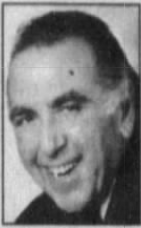
Detroit’s Armenian Radio Program
Known and beloved for years as the Armenian Radio Hour, this program is the oldest Armenian radio show in the country and perhaps one of the oldest ethnic programs, period.
